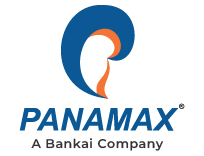A balanced payment ecosystem is where the four pillars of a digital payment process are benefitted. These are - consumers, merchants, banks, and digital banking platform provider. The world is witnessing a move from cash to digital payment options with increased number of smartphones, online shopping platforms, and mobile payment options. This has majorly affected the digital banking ecosystem with new players entering the market and the incumbents trying to woo their customers. This blog discusses the phenomena of mobile wallet or mobile money that is set to change the digital banking scenes across the world with its usability, flexibility and scalability.
What is a Mobile Wallet?
A mobile wallet is a virtual wallet usually run on a mobile device that allows the user to transact without the use of cash, cards or cheques.
According to reports, the mobile wallet market is expected to become a $1 trillion industry by the end of 2020, growing by a remarkable 36.5% YOY. This trend is set to put the mobile wallet industry at a staggering $2.1 trillion in the subsequent years.
Prospects for the Development of Mobile Wallet
There are several factors that directly affect the propagation and acceptance of mobile wallets. These include everything from societal factors to technological advancements. Here we talk about a few of them.
Rural Population
Rural or underserved population is the key contributor towards the growth of mobile wallets. They are also the segment that contribute the most towards the economic development of any country. Despite the prospects, most banks do not have any physical branches in rural areas due to the scattered population and high operational expenditure. Mobile wallets offer a good alternative here without having the banks to set up bank accounts physically. They offer speed, convenience and utility. Mobile wallets will also pave way for a comprehensive environment for digital payments.
Loyalty and Payments
Most households in the United States are a part of several consumers’ loyalty program but do not participate in even half of them. Studies show that most customers avoid loyalty programs that do not have a Smartphone app associated with it. These customers would use the loyalty card if it was available on their phones rather than a hard copy version.
Mobile payment usage is successful if it is based on loyalty and not payment. Customer engagement is directly proportional to brand loyalty. Mobile wallets can be used here by offering discounts and rewards available at the tap of a button in order to gain improved customer engagement.
Increased Smartphone Penetration
Smartphones are no longer associated with exclusivity. According to Statista, the global smartphone penetration is over 41.5%. The number is constantly growing as the buying capacity improves in both developing and underdeveloped countries. Improved smartphone penetration will improve the mobile wallet usage as most financial services will go digital gradually. Presently the younger and tech-savvy population is highly active on digital financial platforms. This trend has only begun to catch up with contactless payments being promoted due to the widespread need for social distancing.
Furthermore, with activities like shopping going online, more people use shopping apps on their phones, make purchases and pay online through their mobile wallets. This adds to the list of reasons why mobile wallets should be the focal point for banks and FIs looking to expand their offerings.
Mobile Banking and Mobile Payment Applications
Banks offering mobile banking platforms have become a common sight now. This has encouraged more and more users to opt for mobile money services which offer them ease of use, quick payment options and facility to operate their accounts anytime. This feature acts as a catalyst to increase the use of cashless payment. Not just banks but financial institutions too are developing innovative mobile wallets that ensure hassle-free onboarding of customers while providing them customer-oriented features.
In light of the accelerated developments in the financial domain due to COVID-19, features like mobile remote deposit capture will further gain momentum amongst the customers. This application lets consumers deposit their checks by taking its picture and sending it over to the bank digitally. Such features strengthen customer trust in digital banking services, thereby promoting mobile wallets in the process.
Implementational Challenges
While there are multiple benefits that makes mobile wallet an ideal solution for banks, FIs and customers, there are a few challenges that pose problems in implementation. Let’s have a look at some of these:
Regulatory Compliance
Deployment of a mobile wallet requires regulatory compliance from the country it has to be implemented in. This requires the digital banking platform to be scalable and customizable according to the changing regulatory ecosystem. These legal requirements create a major roadblock in a successful setup. The newer players in the financial domain can struggle with this due to limited market knowledge.
Both incumbents and newer market entrants can resolve this challenge by putting their money on global digital payment providers who have architectural capability to build scalable platforms and are experienced in dealing with different governments across the globe.
Fraudulence
Security has always been the primary concern in implementation of mobile banking solutions and why several users shy away from this technological tide. Especially when we are talking about contactless payments, frauds like data leakage, hacking, malware and e-wallet vulnerabilities become the focal point.
However, if banks and FIs focus enough on security aspects they can provide both secured as well as feature-rich mobile wallet. Fraud resistant mechanisms like digital authentication that can be incorporated in a mobile wallet platform to make it secured.
The Bright Side
Mobile wallets are one of the fastest growing technology. While mobile wallet payments only accounted for $75 billion in the year 2016, it is expected to touch $500 billion by the end of 2020. This is an annual growth of staggering 80% over a span of 5 years. The technology is very likely to be the top-grosser due to its ease of use. Global giants like Samsung and Apple offer their own eWallet solutions through digital banking platform providers like Panamax. Certain wallet features and implementations are expected to play a major role in making mobile money a hit among the users.
Interoperable QR Code
Banks along with digital payment solution providers offer QR code-based payment mechanism that allows customers with a bank account and smartphone to make payments digitally irrespective of the service provider. With the governments across the world making way for improved digital payments, especially for small value transactions, an interoperable system makes it easier.
Artificial Intelligence and Machine Learning
Personalization is a key when one looks to win over the customers. With the introduction of AI and ML in financial domain, it has become easier to understand every single customer through their user journey, analyzing it, generating actionable insights out of the data and creating individual programs for each customer type. This establishes customer trust and promotes brand loyalty.
Gamification
Online marketing strategy involving incentivization of customer engagement through games-style mechanisms like spin the wheel, scratch card etc. This application lets the users channel their competitive spirit and receive rewards hence generating enhanced customer footprints for the enterprise. Loyalty and rewards programs can be linked with gamification to boost customer visit.
Digital Authentication
Mobile wallets are convenient, but security remains the foundation of a successful mobile wallet. This security can be incorporated into the mobile wallets through an authentication mechanism which can be single-way or multi-way depending on the requirement. This digital authentication can also be set up with biometric to ensure only the authorized user is able to make a purchase from the biometric enabled device.
Social Shopping
Daily social media usage across the world is growing at a historical level especially due to the lockdowns due to COVID-19 and people bound to stay home. With this massive user footprint, it only makes sense to use social media as a sales point, so the user can make purchase without having to leave the social media application they are using. A flexible, dynamic and secured mobile wallet when integrated with the mobile shopping cart makes the process easier.
It will be an understatement that the future of mobile payment industry is dominated by mobile wallets. The trends have started to flood in, and it is only set to go up with the contactless payments taking prominence. This calls for banks and FIs to identify the mobile money providers that not only provide lucrative features but are built on a strong architectural base so as to protect customer data.


















